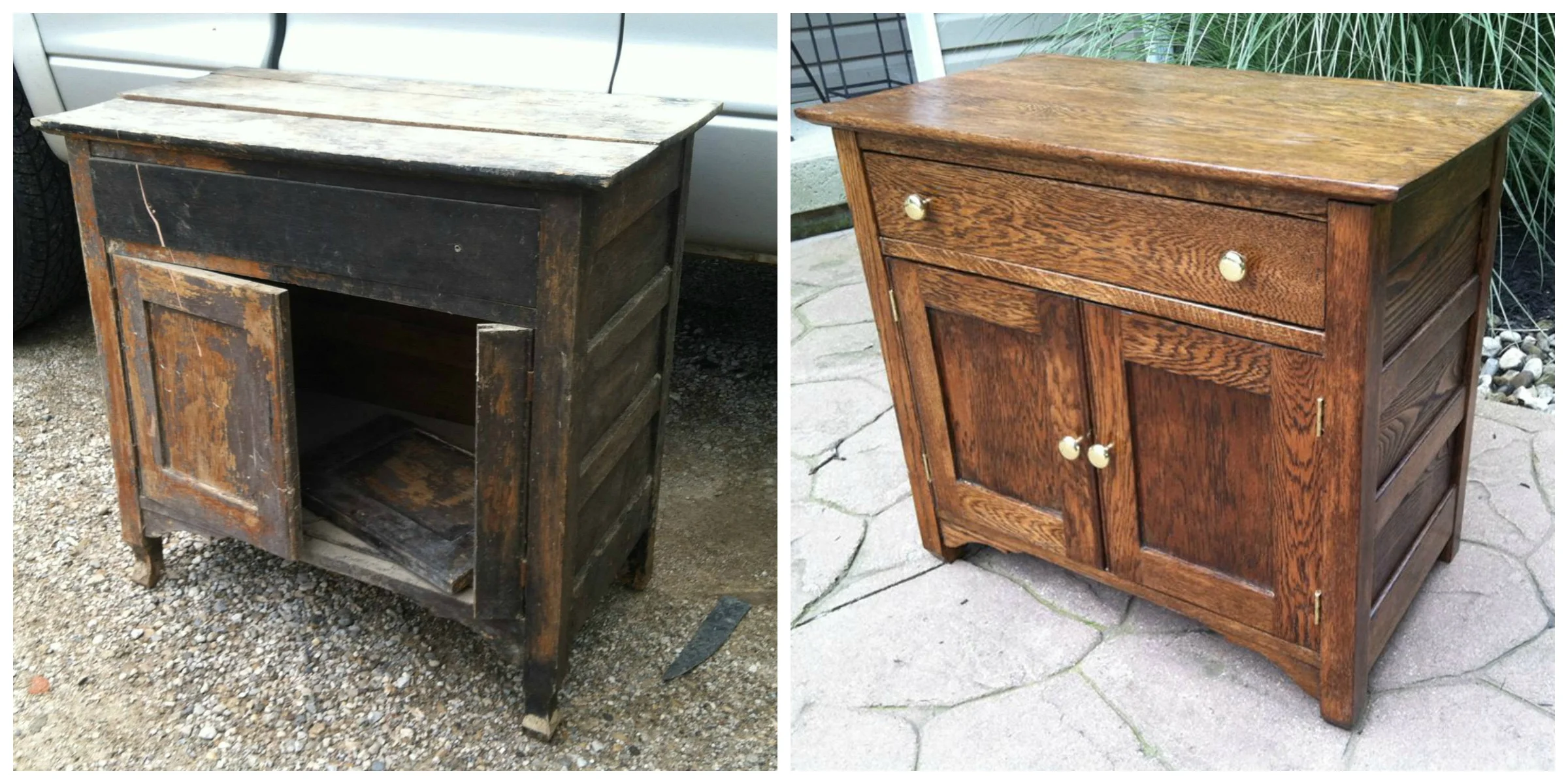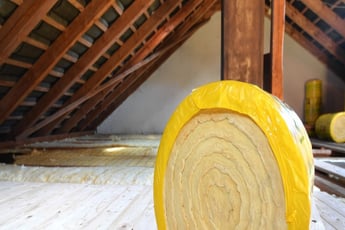Preserving History: Antique Furniture Restoration
Antique furniture restoration involves a delicate balance between reviving the beauty of aged pieces while preserving their historical integrity. Delving into this craft requires attention to detail, patience, and a deep appreciation for the past.
Understanding the Value of Antiques
Antique furniture holds historical, cultural, and artistic significance. Understanding the value of these pieces is crucial before undertaking any restoration. Researching the era, style, and materials used aids in preserving authenticity during the restoration process.
Assessing Restoration Needs
Each antique piece has a unique story and condition. Begin by thoroughly assessing the furniture’s condition, identifying damages, structural issues, or alterations. This evaluation forms the basis for a tailored restoration plan.
Cleaning and Surface Preparation
Gentle cleaning is the initial step in restoration. Removing dirt, grime, and old finishes requires meticulous care to avoid damage. Surface preparation, such as stripping old finishes or repairing veneers, sets the stage for subsequent restoration steps.
Repairing and Rebuilding
Repairing damages like cracks, loose joints, or missing parts is a crucial aspect of restoration. Skilled artisans employ woodworking techniques to rebuild weakened structures while preserving the original aesthetic.
Matching and Applying Finishes
Selecting appropriate finishes that match the era and style of the piece is vital. The application process requires precision to achieve a consistent and authentic appearance, enhancing the furniture’s beauty and protecting it for the future.
Upholstery Restoration
For upholstered antique furniture, restoring or replacing fabric and padding is essential. Choosing historically accurate materials and patterns ensures authenticity while rejuvenating comfort and aesthetics.
Patina Preservation
Preserving the patina—the natural wear and aging on the surface—is often crucial in antique restoration. Restorers aim to maintain this authentic patina while addressing structural issues, as it adds character and authenticity to the piece.
Professional Restoration vs. DIY
Deciding between professional restoration and DIY depends on the complexity of the project and one’s expertise. While DIY can be rewarding, intricate or valuable pieces often benefit from professional restoration to maintain authenticity.
Historical Documentation and Care
Documenting the restoration process is valuable for future reference and potential buyers. Additionally, practicing proper care and maintenance, such as avoiding direct sunlight or extreme temperatures, prolongs the life of restored antique furniture.
Embracing Antique Furniture Restoration
Explore the art of antique furniture restoration at Antique Furniture Restoration. This comprehensive resource offers insights, tips, and guidance to embark on a journey into restoring these historical treasures.
In conclusion, antique furniture restoration is a labor of love, preserving not just furniture but pieces of history. With meticulous attention to detail and a dedication to authenticity, restorers breathe new life into these timeless pieces, ensuring they continue to tell their stories for generations to come.





